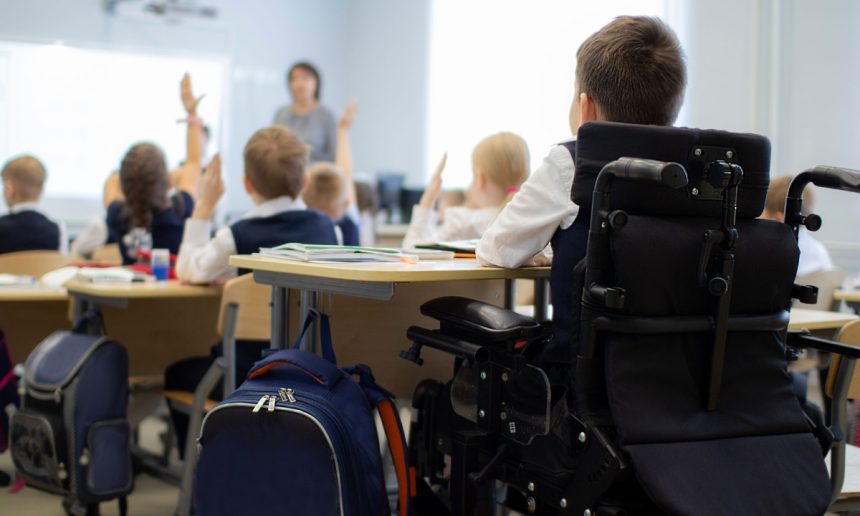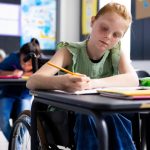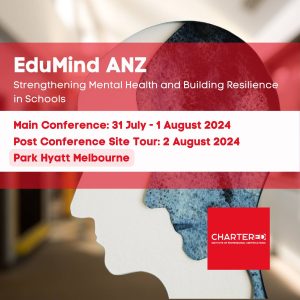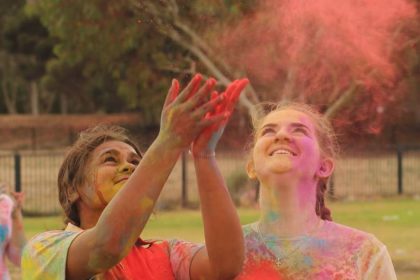Despite the availability of specialised sporting programs and accessible activities, national data reveals most disabled Australian students aren’t doing enough physical activity.
The People with Disability in Australia report, commissioned by the Australian Institute of Health and Welfare, paints a bleak picture of the state of physical health in Australia’s disabled population.
Data showed that 72 per cent of Australians over the age of 15 with a disability aren’t doing enough physical exercise, a figure that is almost 20 per cent higher than those without disability.
Disabled Australians are also at a greater risk of being impacted by chronic diseases and illnesses later in life, with the report finding adults with disabilities (76 per cent) are far more likely to face these issues than those without (59 per cent).
Only 24 per cent of adults in Australia with a disability rated their health as ‘very good’ or ‘excellent’, and 42 per cent rated their health as ‘fair’ or ‘poor’, compared with 65 per cent and seven per cent of those without a disability, respectively.
While no data exists yet for Australians under 18 years of age, The Department of Health and Aged Care recognises exercise as being “important to stay mentally and physically healthy” for school-aged children with a disability.
Today, one in 10 (380,000) school students in Australia have a disability, and, for almost one in 18 (206,000), that disability is severe or profound.
Why exercise is so important
While Australia doesn’t have official guidelines around exercise for disabled children specifically, national research has consistently proven how important physical fitness is for a child’s development.
In a 2016 survey, Chloe Emonson from Deakin University’s School of Psychology uncovered a wide range of benefits children living with disabilities can experience when they engage in organised physical activity.
“We surveyed more than 200 parents of young people aged between four and 17 living with a diverse range of disabilities for this study – to find out whether the facilitators and barriers to organised physical activity differ between kids who do participate in organised physical activities and kids who don’t,” Ms Emonson said in an interview with Novita.
“There are some important benefits for kids living with disability who participate in organised physical activity, including engagement in physical exercise, improved emotional and mental health and wellbeing, and experiencing social connection and inclusion in the community.”
The Australian Sports Commission also recognises that people with a disability receive the same physical, mental, and social benefits from participating in sports and physical activity as those without.
No matter their ability, Australian guidelines say that children of all ages need certain amounts of physical activity, depending on their age:
- One to three years: Children should be physically active for at least three hours each day.
- Between three and five years: Children should be physically active for at least three hours each day with one hour of energetic play.
- From five years: Children should do at least one hour of moderate to vigorous physical activity, plus several hours of light physical activity each day.
Looking to the future, Dr Natasha Schranz, Co-Chair of Active Healthy Kids Australia, believes Australia has built a strong foundation for children’s physical education.
“Developing a person’s physical literacy across the lifespan is crucial if we want more Australians to live active, healthy and happy lives,” she said in a statement.
“The leadership Sport Australia has shown in this space has created a strong foundation on which we can strive to be better and move forward.”
Encouraging children with disabilities to be active
Thanks to organisations like Disability Sports Australia and the Australian Sports Commission, accessible sports and community activities are now more available than ever for disabled children.
From paralympic sporting and adaptive exercises to accessible nature walks, disabled children now have multiple opportunities to experience physical activity’s benefits.
Look for activities suited to your child, within your community. Some schools, local sports clubs, fitness centres or community groups might already offer programs or include accessible versions for children with disabilities.
By helping children experience a variety of activities, explore new interests and develop new skills, they may discover physical activities they genuinely enjoy.








